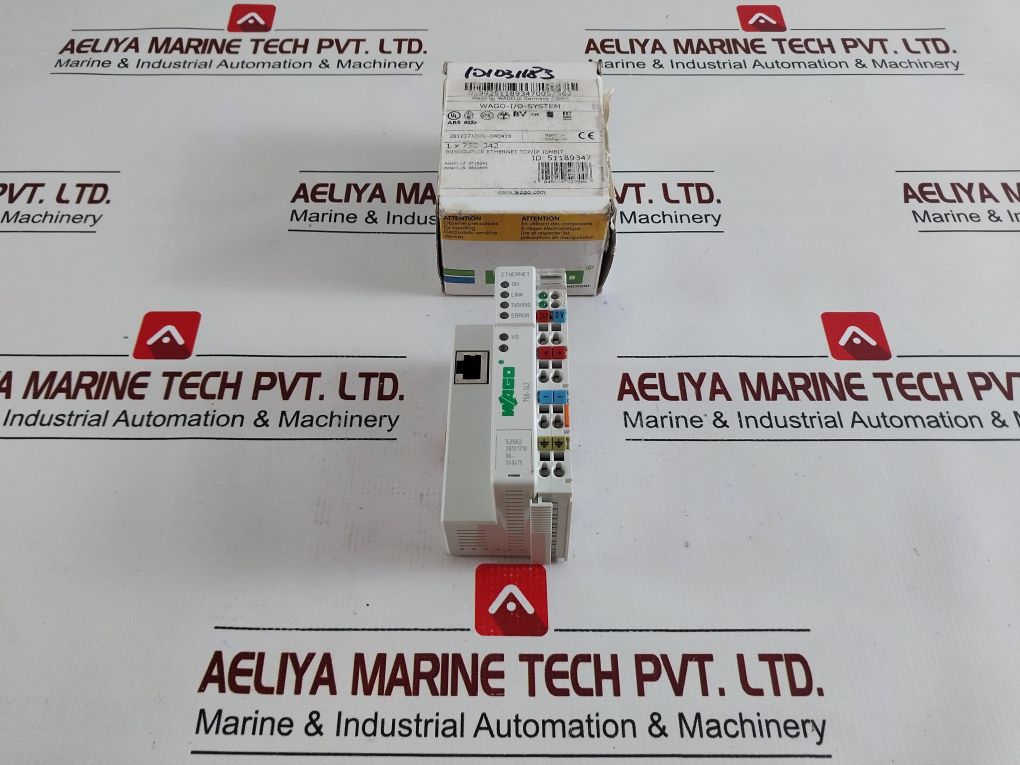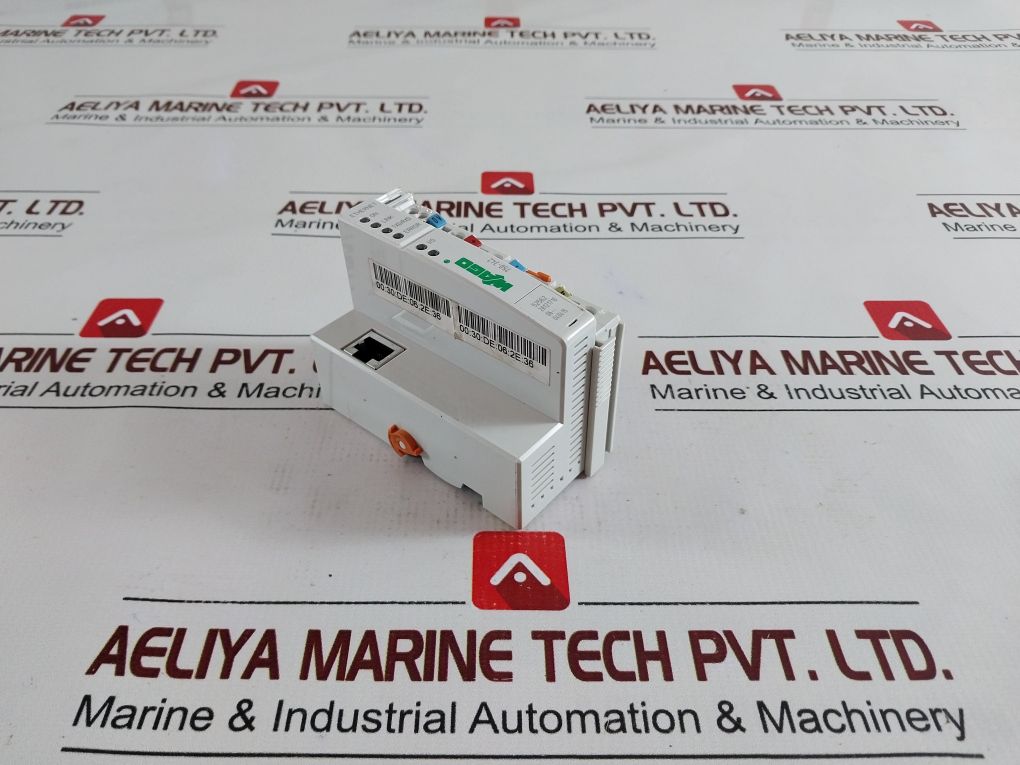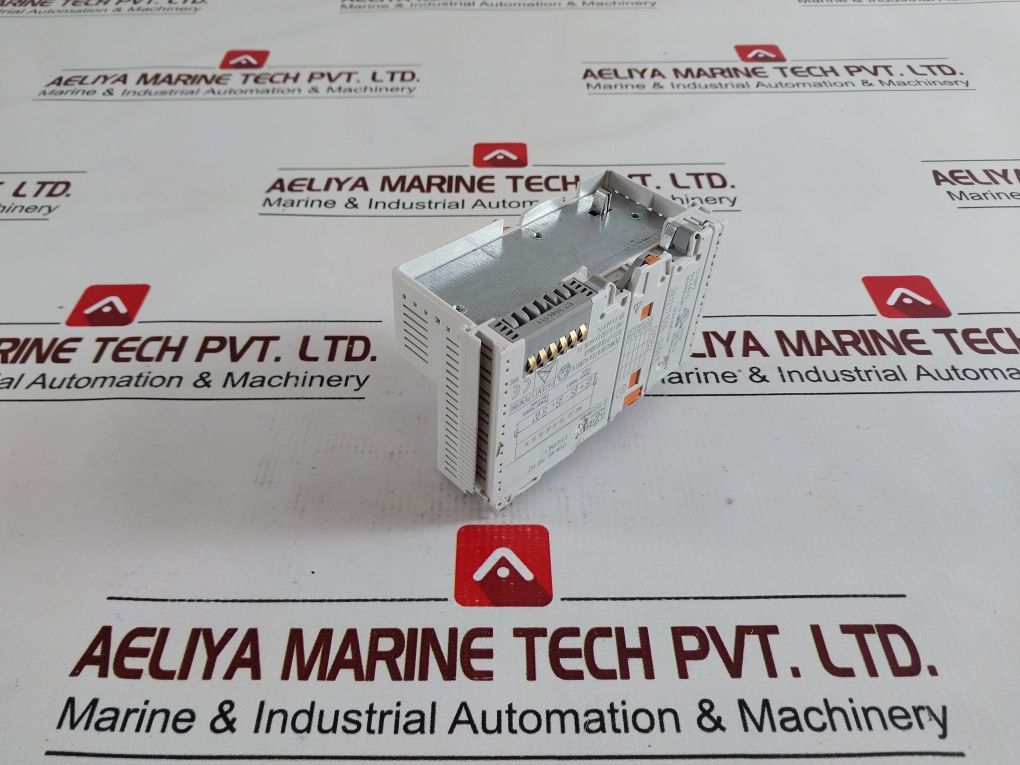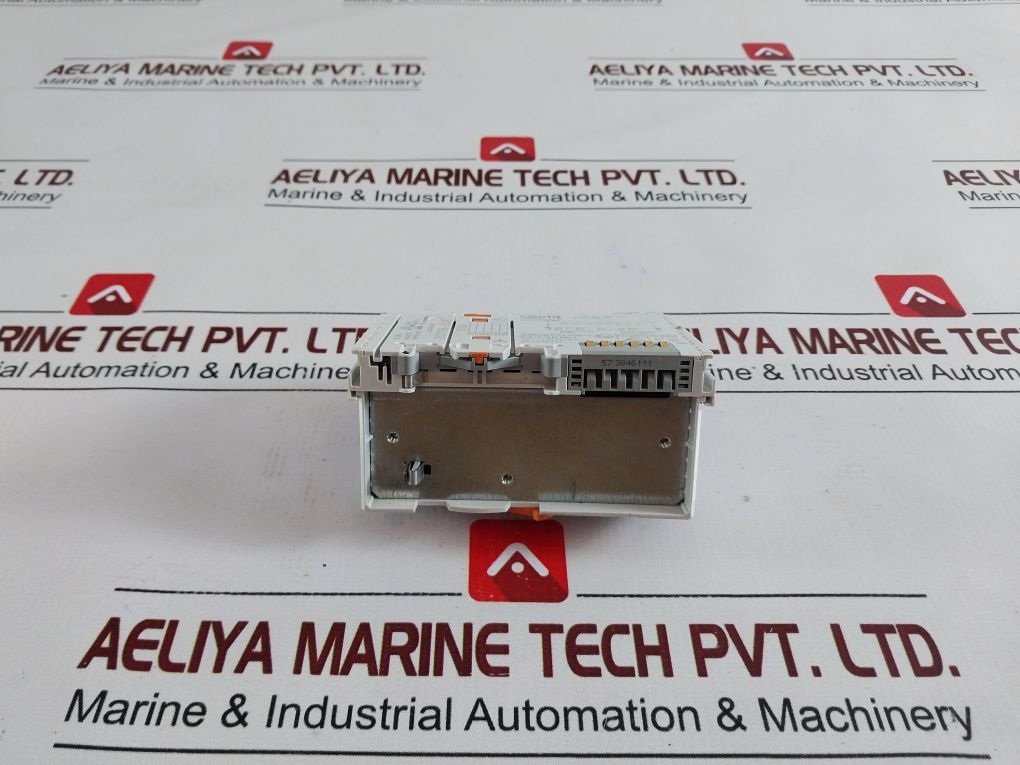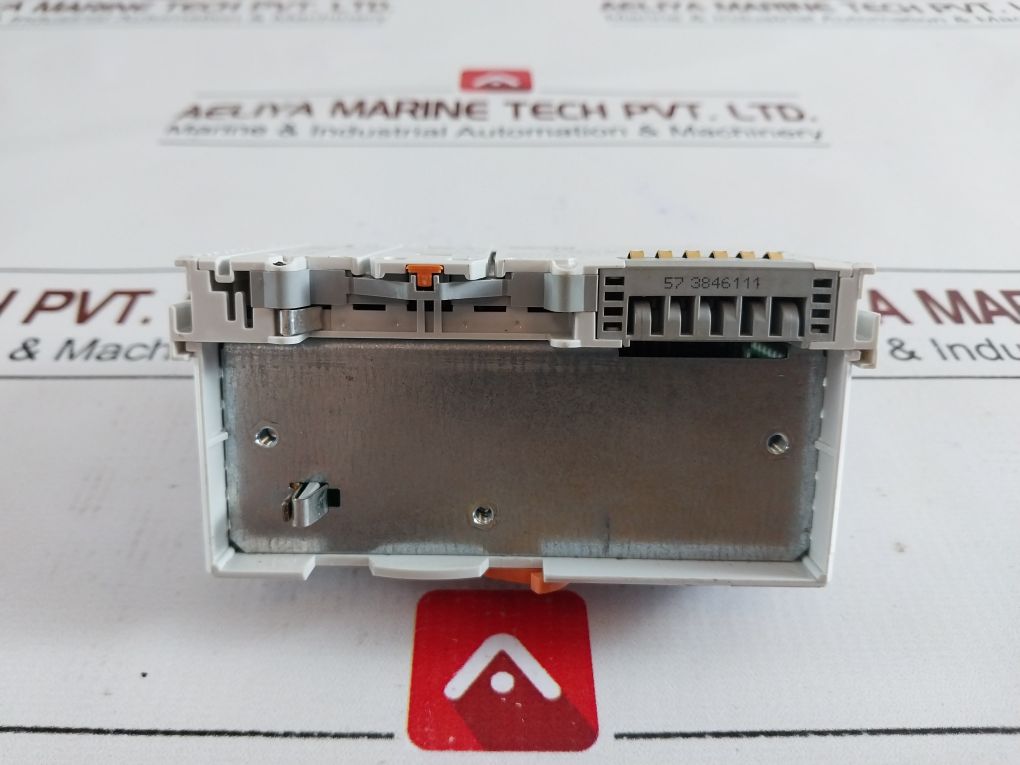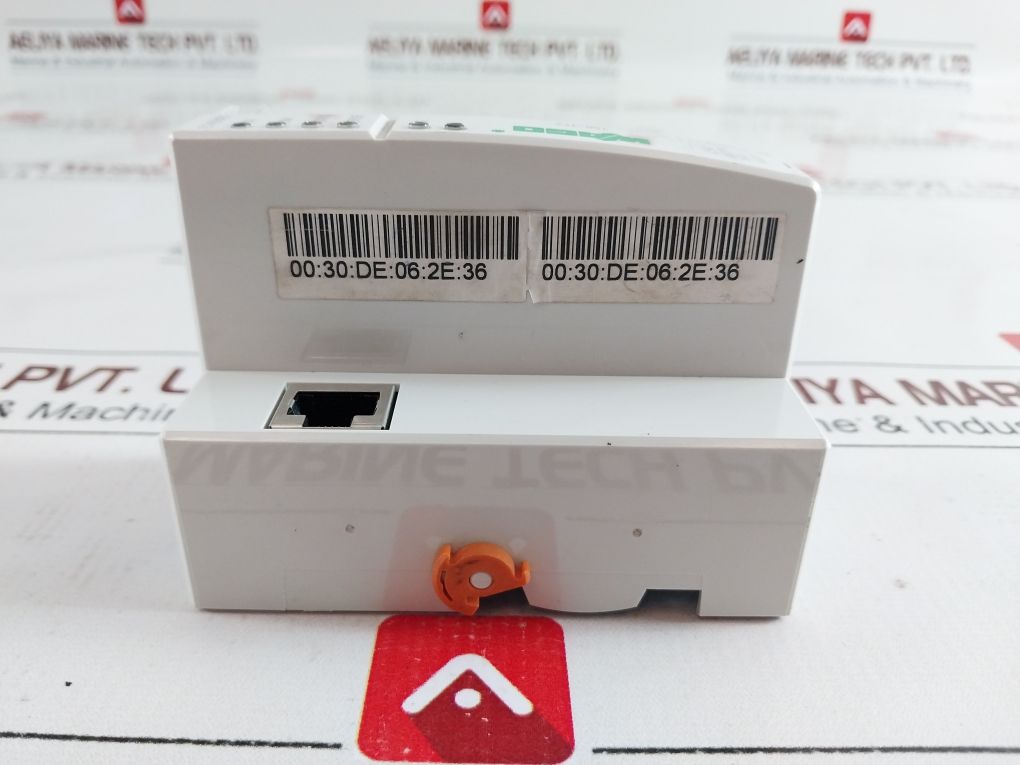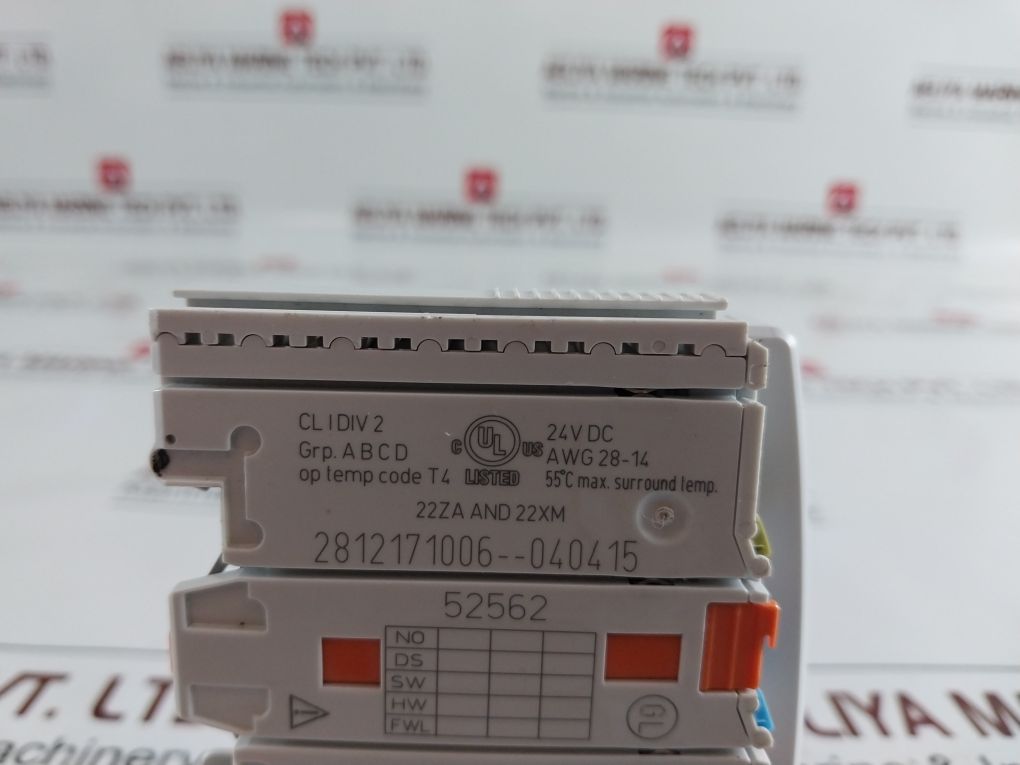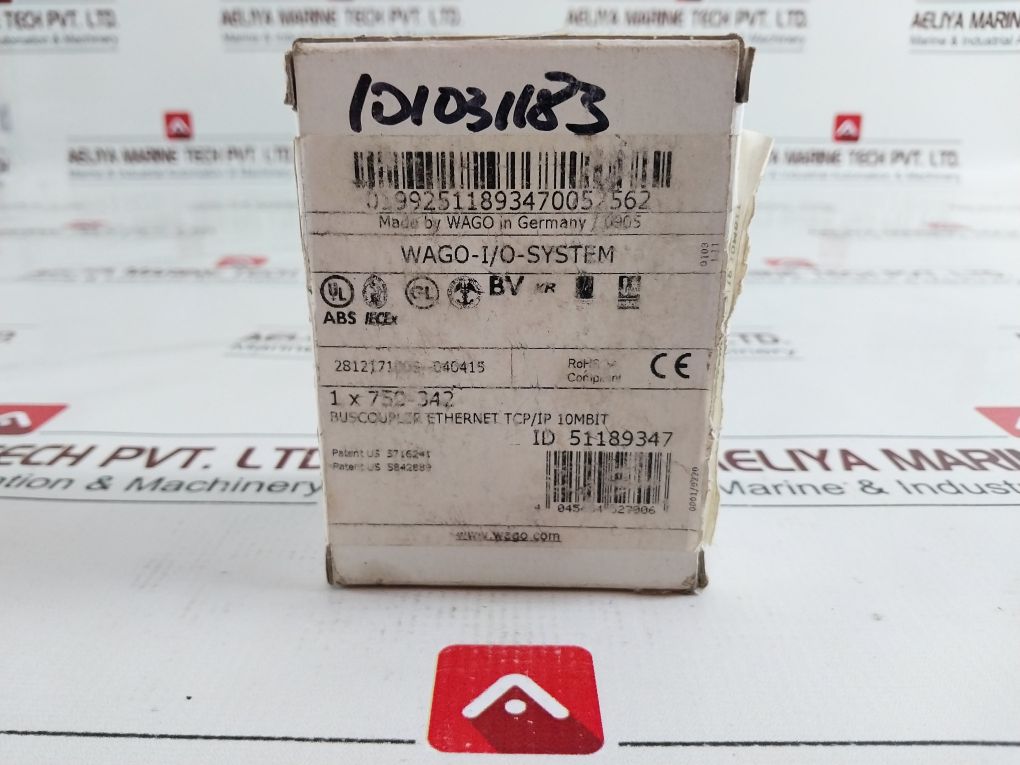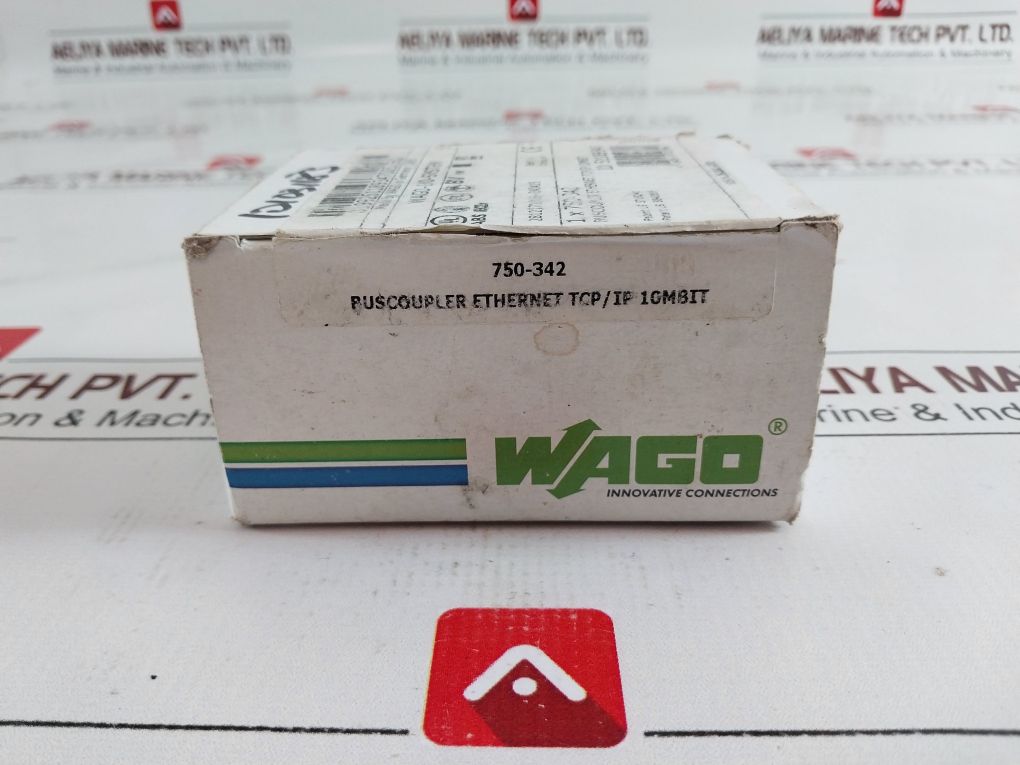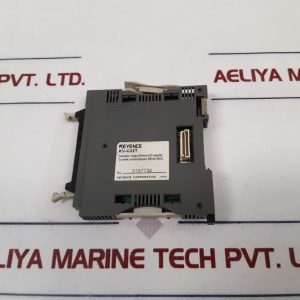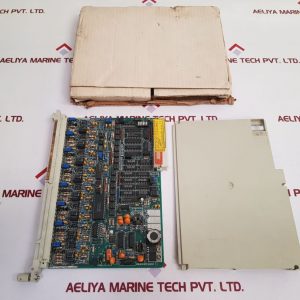Wago 750-342 Ethernet I/o-system
Made By Wago
I/o-system
Ethernet
Item-no: 750-342
52562
28121710
06–
040415
Mac-id: 00:30:de:06:2e:36
Demko 08 Atex 142851x
Iecex Ptb 07.0064x
Im2/ii 3 Gd Ex Na Iic T4
Br-ex Na Ii T4
24v Dc
Awg 28-14
55°c Max. Surround Temp.
Cl I Div 2 Grp. A B C D
Op Temp Code T4
22za And 22xm
2812171006–040415
1 X 750-342
Bus Coupler Ethernet Tcp/ip 10mbit
Id: 51189347
57 3846111
Made In Germany
Weight : 210 Gm
Ref No : 60593
What is Wago 750-342 Ethernet I/o-system?
The WAGO 750-342 is essentially a translator that allows industrial machines and equipment to communicate with computer networks. Imagine your factory floor as a bustling marketplace where different machines speak different languages. This coupler acts as a fluent interpreter, converting the machine language into a language computers understand.
How does it work?
- Connects machines to the network: It physically links industrial equipment to your Ethernet network.
- Translates data: It takes data from the machines and converts it into a format that can be understood by computers and software applications. It can take instructions from the network and convert them into commands for the machines.
- Enables remote monitoring and control: By connecting machines to the network, it allows you to monitor their performance, troubleshoot issues, and even control them remotely.
Key features and benefits
- Versatile: Supports multiple network protocols, making it compatible with a wide range of machines and networks.
- Easy to use: Offers user-friendly configuration options and built-in web pages for easy access to information.
- Reliable: Designed for harsh industrial environments and built to withstand fluctuations in temperature, humidity, and electrical noise.
- Efficient: Optimizes data transfer, ensuring smooth communication between machines and the network.
- Secure: Incorporates security features to protect sensitive data and prevent unauthorized access.
Applications
The 750-342 finds applications in various industries
- Manufacturing: Monitoring production lines, collecting data for quality control, and optimizing processes.
- Building Automation: Controlling HVAC systems, lighting, and security systems.
- Energy Management: Monitoring energy consumption, optimizing energy usage, and integrating renewable energy sources.
- Water and Wastewater Treatment: Monitoring water quality, controlling treatment processes, and managing distribution.
